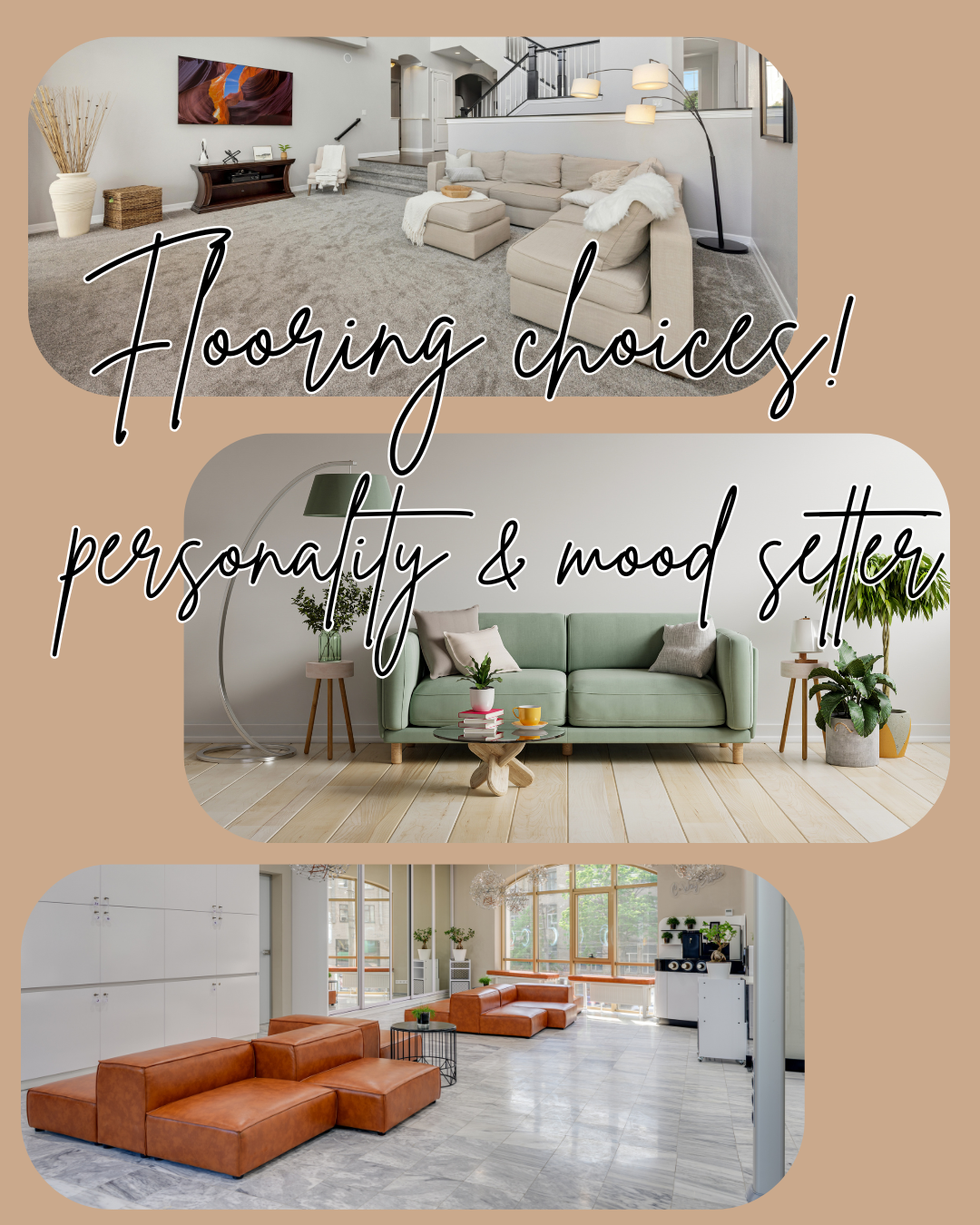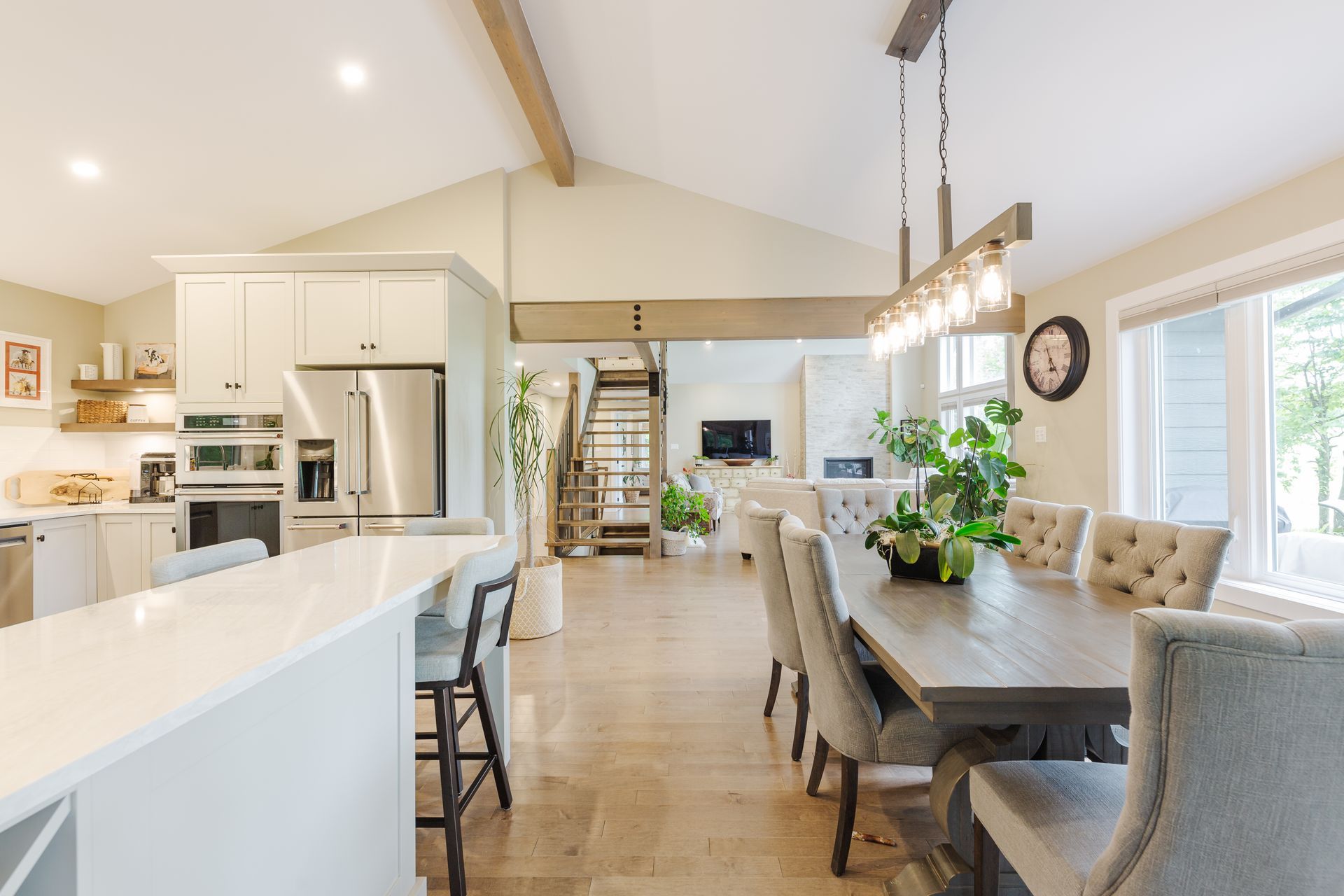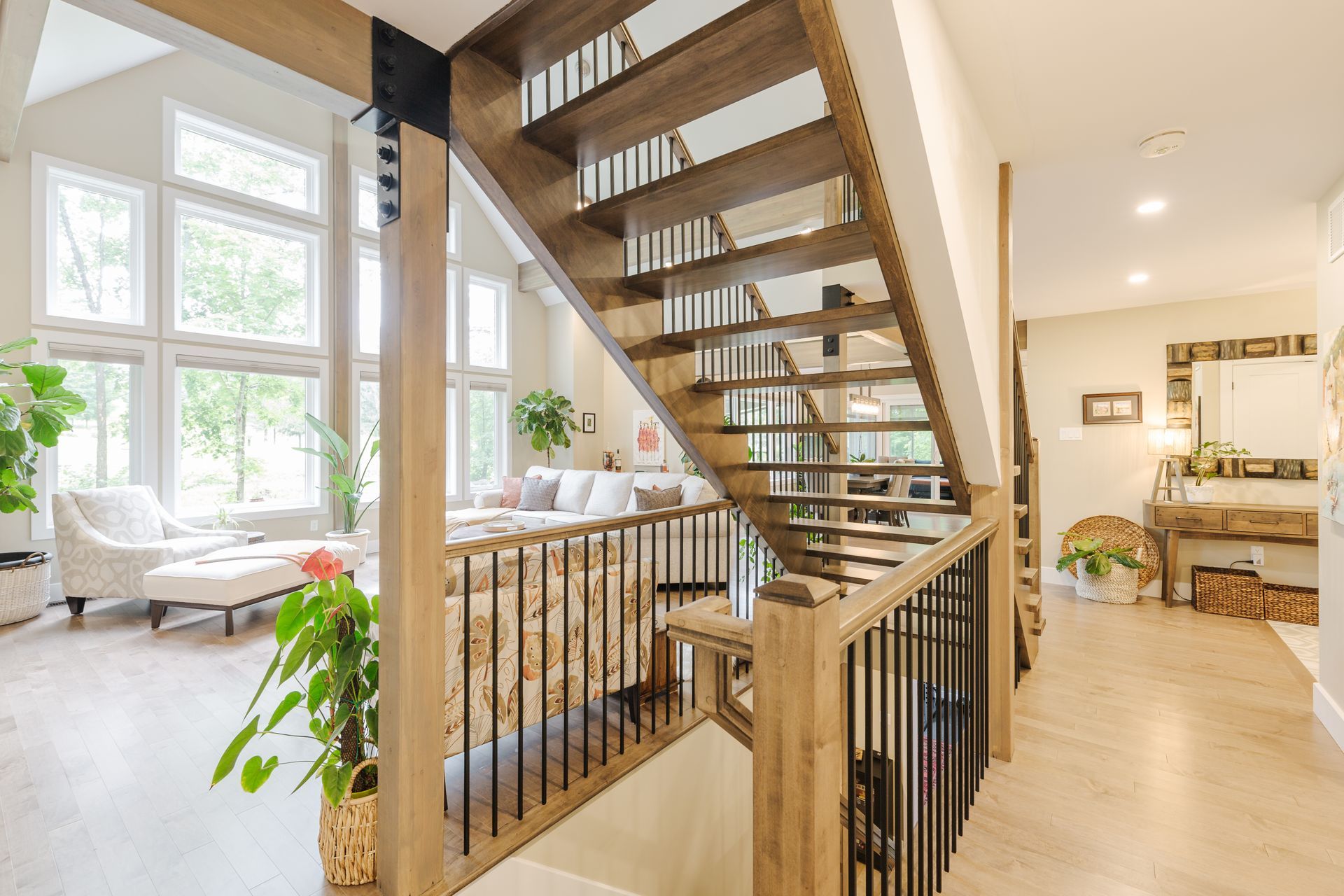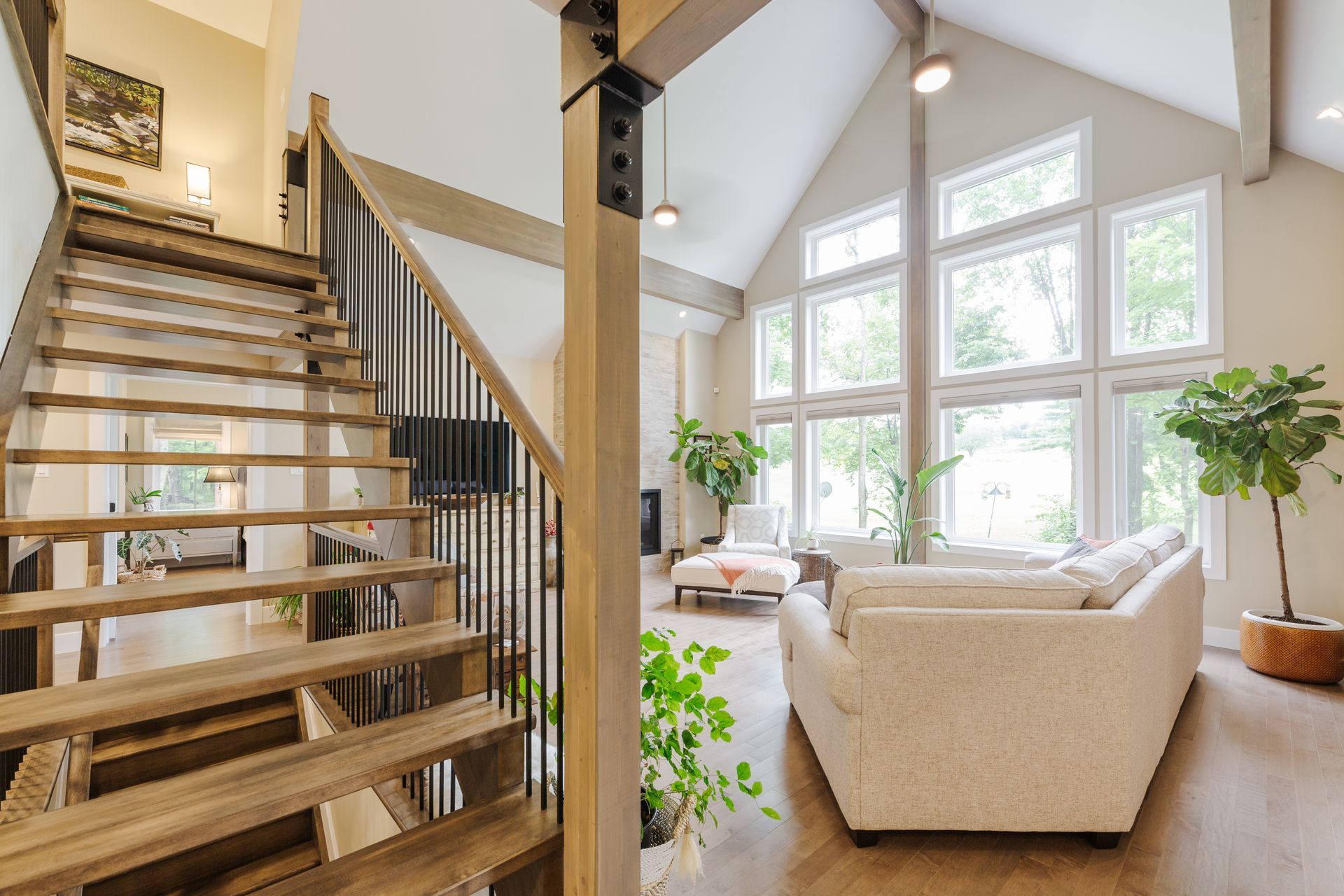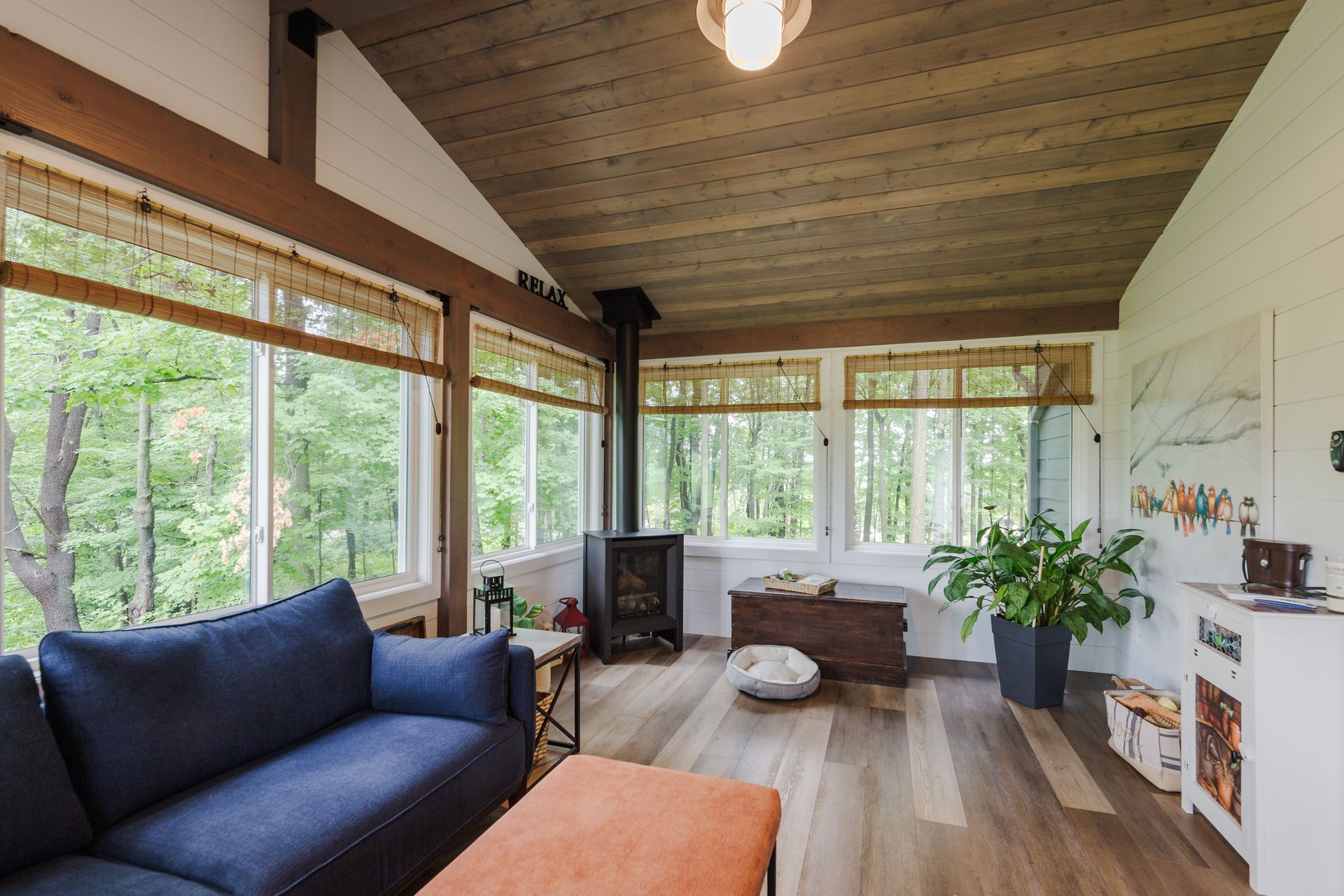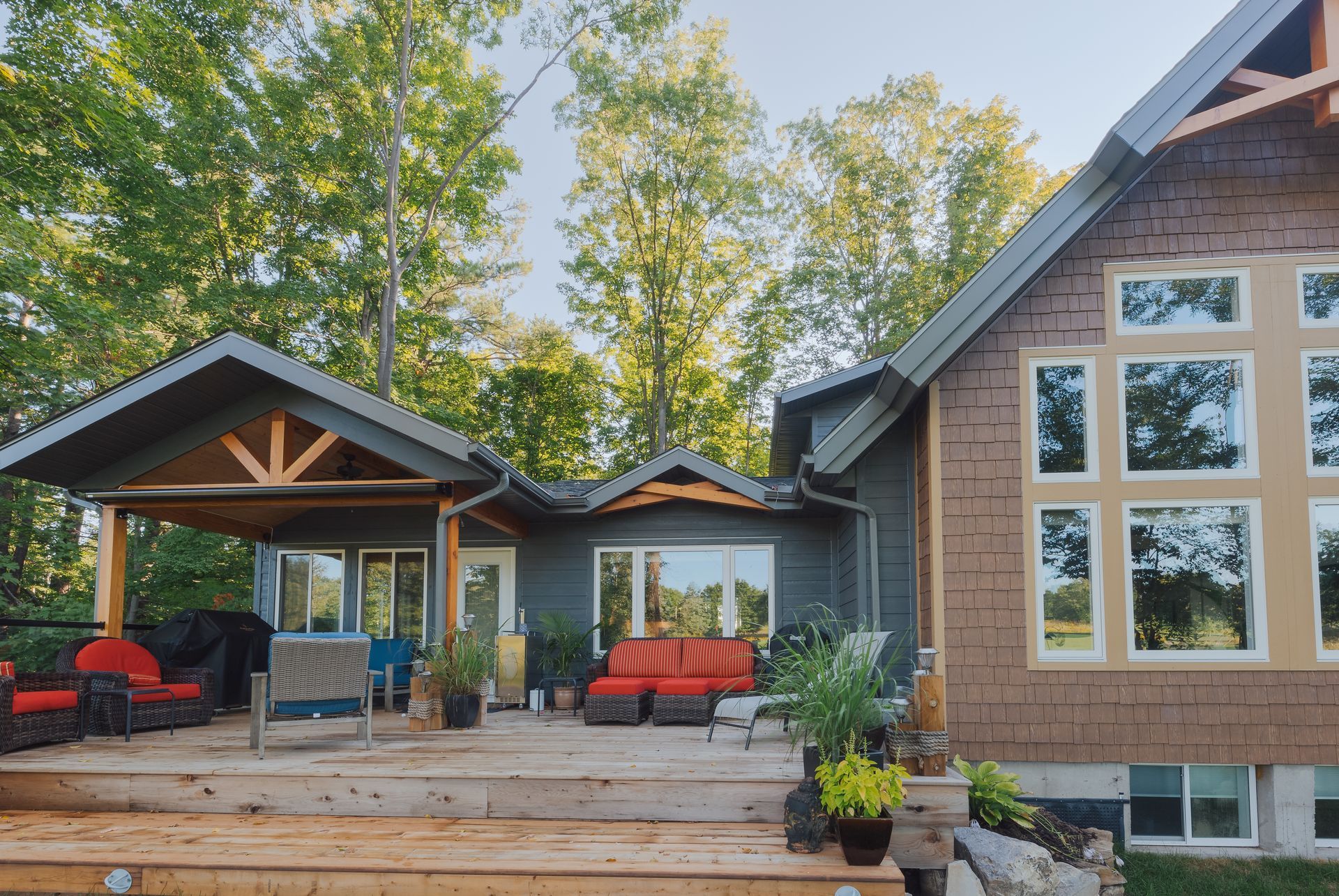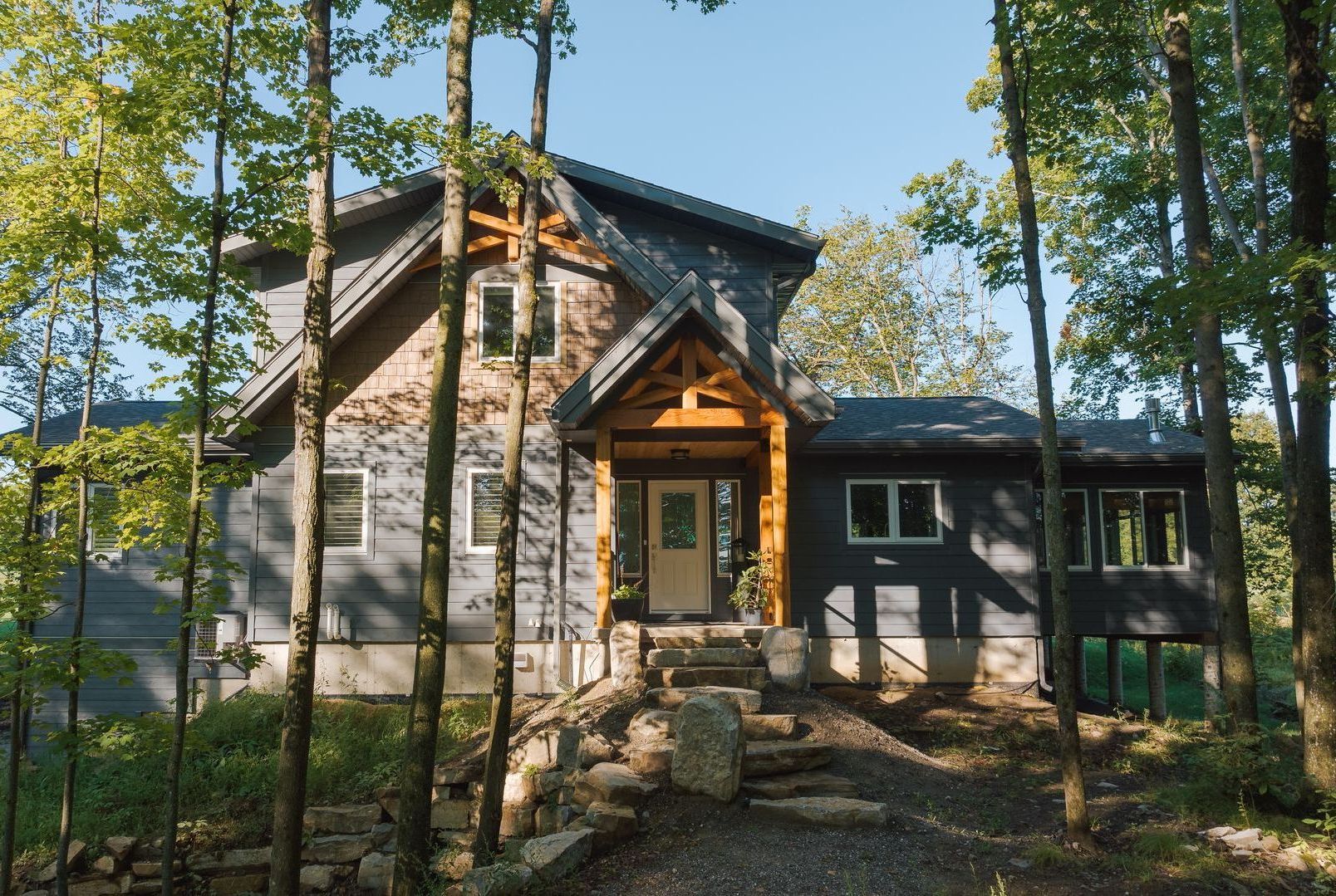By Barbara Emami
•
September 18, 2025
Embarking on a home remodel is exciting, it’s your chance to create a space that better suits your lifestyle, reflects your personality, and adds long-term value to your home. However, without a solid plan, what starts as an exciting project can quickly spiral into delays, overspending, and overwhelming stress. Careful planning is the key to ensuring your remodel is a rewarding experience rather than a frustrating one. By taking the time to prepare before the first hammer swings, you can save time, money, and a great deal of unnecessary worry. Save Time with Clear Direction One of the biggest time drains in a remodel is indecision. When you haven’t nailed down your vision, every decision from paint colors to floor plans, can cause delays. A lack of preparation often means contractors are waiting on you to make choices, which creates downtime that drags the project out longer than necessary. Planning ahead allows you to establish a clear direction. You can decide on your design style, materials, finishes, and layout before construction begins. With these details finalized, your contractors can keep moving forward without interruption. A well-prepared remodel also accounts for lead times on items like cabinetry, tiles, or custom furniture, which are often back-ordered. By ordering in advance, you avoid the dreaded “project on hold” scenario. Ultimately, good planning turns your remodel into a streamlined process. Instead of scrambling to make decisions at the last minute, you’ll already have a roadmap in place, ensuring the project stays on schedule and gets completed faster. Save Money with Smart Choices Remodels can be expensive, but poor planning almost always makes them more costly. When you jump into a project without a clear budget or plan, you risk overspending on impulse purchases, choosing materials that don’t fit the space, or paying extra for last-minute changes. These unexpected costs can quickly add up, pushing your remodel far beyond what you originally intended to spend. By planning ahead, you can create a realistic budget that accounts for labor, materials, permits, and even a contingency fund for surprises. Knowing your financial limits from the start helps you prioritize where to splurge and where to save. For instance, you might decide to invest in high-quality countertops but choose a more budget-friendly backsplash. Planning also gives you time to shop around, compare prices, and wait for sales. You may discover cost-effective alternatives that still deliver the look you want. And when everything is thought through ahead of time, you reduce costly “do-overs,” like realizing after installation that a tile doesn’t suit your space and having to replace it. In short, a clear, organized plan ensures that your money works harder for you, giving you the remodel you want without unnecessary financial strain. Reduce Stress with Confidence Remodeling a home is a big undertaking, and it’s natural to feel overwhelmed at times. But much of the stress comes from uncertainty, wondering whether you’re making the right decisions, worrying about going over budget, or feeling frustrated when delays pop up. A lack of preparation can amplify these worries and make the process feel chaotic. Planning ahead gives you confidence. When you’ve already done the research, chosen your finishes, and mapped out your budget, you know what to expect. You’ll feel more in control because you’re making informed decisions rather than rushed ones. Plus, having a clear plan allows you to communicate effectively with your contractors. Everyone is on the same page, which reduces misunderstandings and helps avoid conflicts. And let’s not forget peace of mind. Knowing you’ve thought through the details means you can actually enjoy the process. Instead of constant problem-solving and second-guessing, you get to focus on the excitement of watching your vision come to life. Final Thoughts A home remodel doesn’t have to be stressful, drawn-out, or financially draining. The secret to success lies in thorough planning. By investing time upfront to define your goals, set a budget, and make decisions in advance, you can save time by avoiding delays, save money by preventing costly mistakes, and reduce stress by gaining confidence and clarity. Think of planning as the foundation of your remodel. Just as a house needs a strong base to stand tall, your project needs a solid plan to run smoothly. With preparation on your side, you’ll transform your home more efficiently and with greater enjoyment making the journey as rewarding as the finished result.

